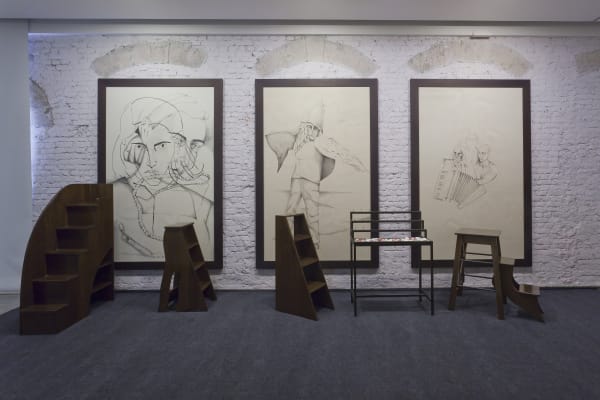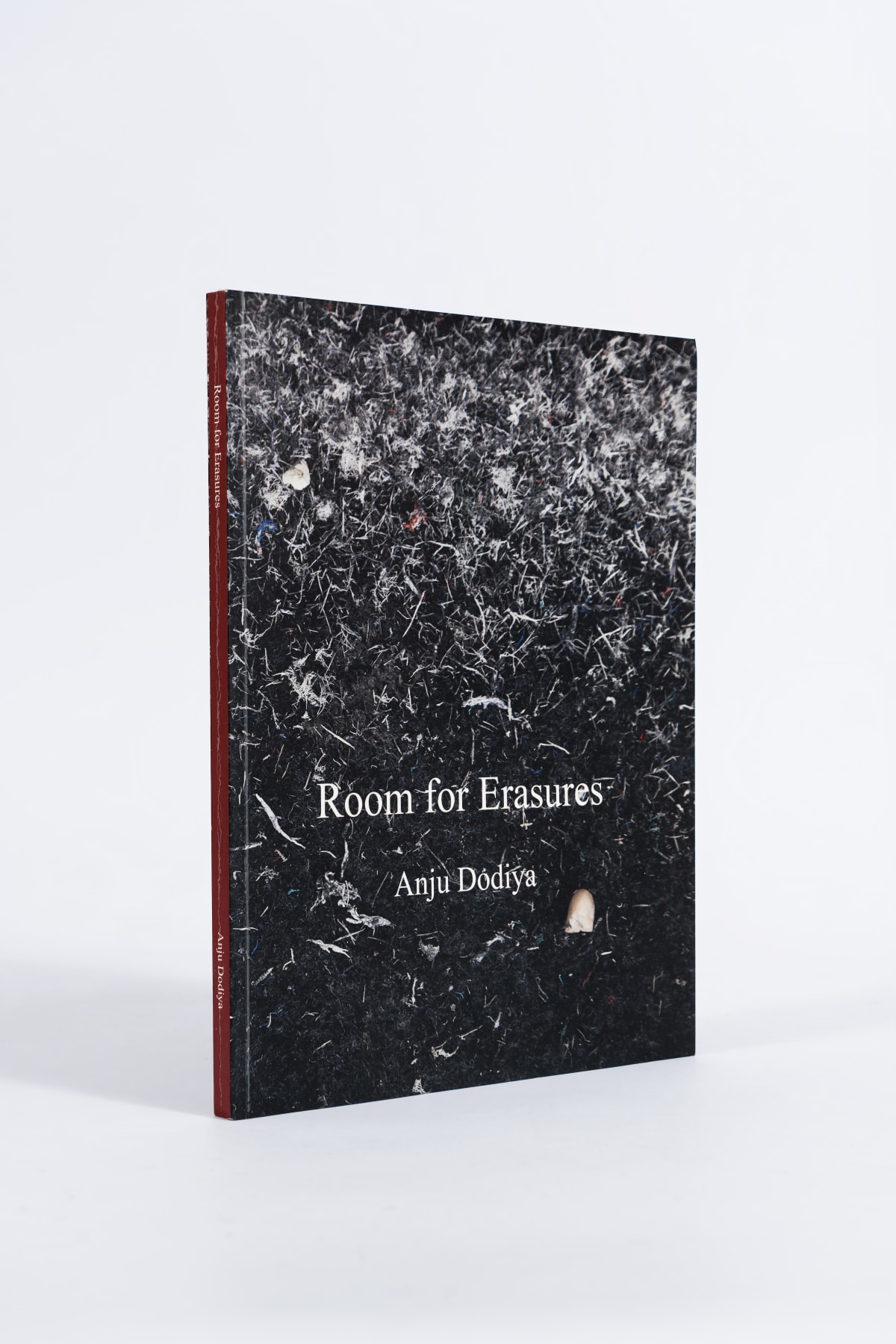Room for Erasures: Anju Dodiya
In her new series, "Room for Erasures”, her first show in the city for some time, Anju Dodiya returns to familiar ground to effect a new beginning, re-engaging with old preoccupations through fresh perspectives and carefully redrawn positions.
Born in Bombay, Dodiya graduated from the JJ School of Art in 1986.In 1991, Dodiya had her first solo exhibition at Gallery Chemould; now she engages the larger space of Chemould Prescott Road, completing a journey she describes as 'singularly sharp and linear', in which old anxieties and recurring themes, of the body embattled, decaying, in pain, showing the stigmata of suffering, are granted reprieve by their revision and re-envisioning through the staging of emotional distance. As the artist clarifies, what she creates through these large paper works is a performance - a pantomime of suffering and self-doubt, choreographed as "studio-dramas", stilled in extreme gestures of restlessness and madness.
While her exploration of the human self through the experience of her own interiority forms a focalising point for her work, Dodiya has taken inspiration over the years from a variety of sources, historical and contemporary, esoteric and popular, aesthetic, cinematic, and textual. In this series, she draws from sports photography and nineteenth century Japanese Ukiyo-e woodblock prints, whose depictions of Samurai figures manifest an "obsessive lunacy"which for Dodiya evokes the world of sport, and mimics some of "its desperate moments of winning and losing". The tragic/heroic aspirations and semblances of death that the artist and her image narrate within the works, display an almost martial energy, a ritual of rigour and tension emerging from the dual elements of concealment and display that characterize these tightly controlled performances carried out in carefully structured tableaux. Yet this theatrical telling of the self, its private emotions and its secrets, are played out with irony and humor and warmed with the gossamer-light touch of earnest humanity that is the artist's special gift.
The medium of watercolor is vital to the careful calibration of emotion here. Dodiya indicates the language of her performance through what she describes as the "luminous density" of the paint, its "corruption by charcoal", and the apparent erasure that occurs as water works its way through the image. The erasures reappear within the suite of photographic works, where the images are disfigured with stains that appear on paper and skin, playing with memory and its loss. The fabric mounts which present geometric shapes form a third point of perspective, thus creating "a circuit where...marks, stains and erasures" are resolved into an abstract design, imposing a palliative distance from the suffering self.
-Mishka Sinha
London 2012






